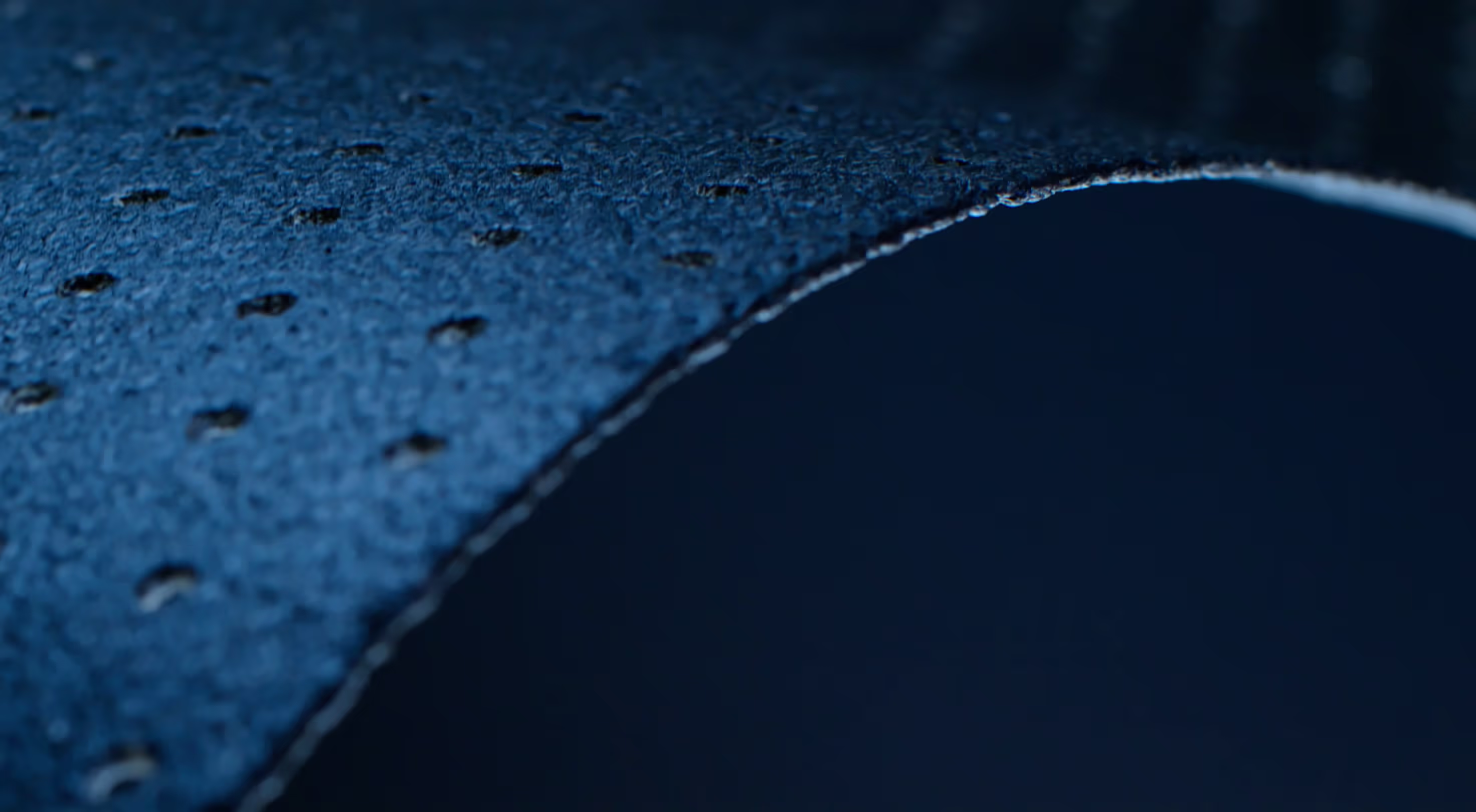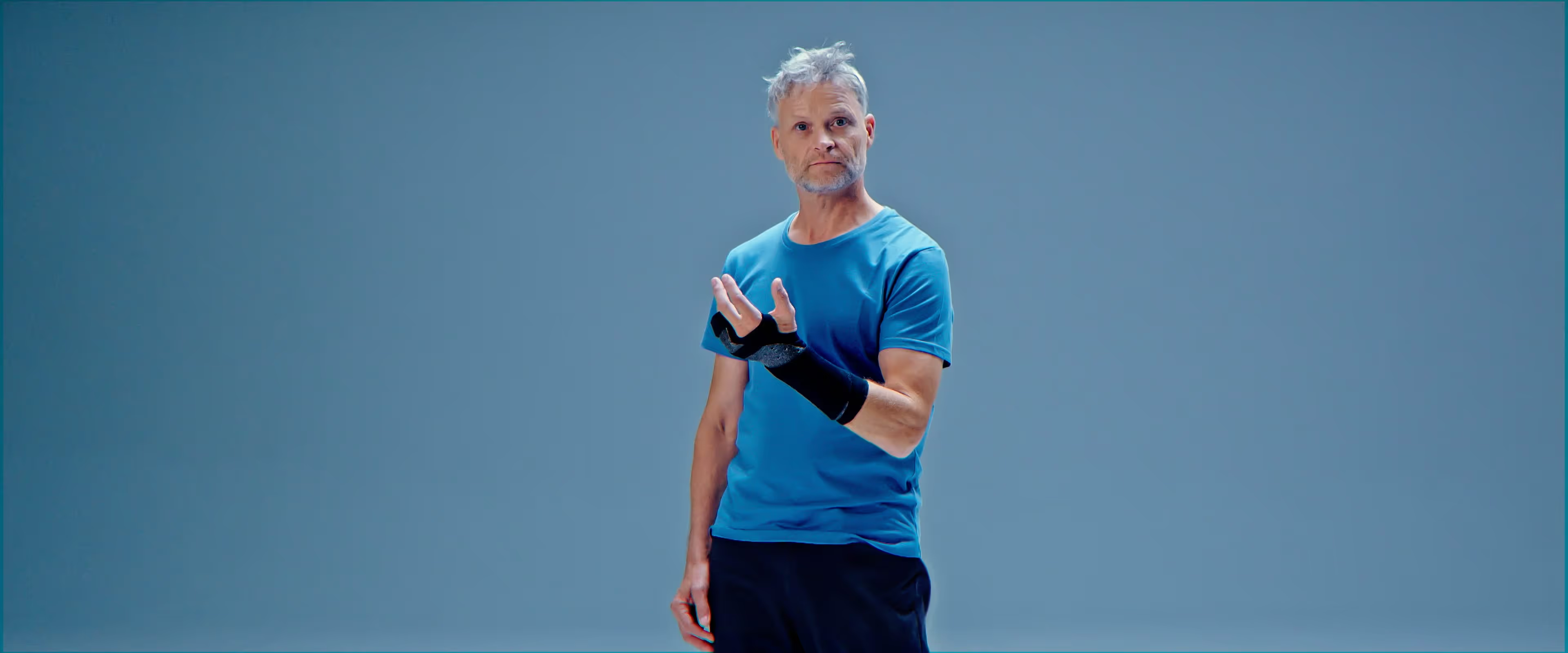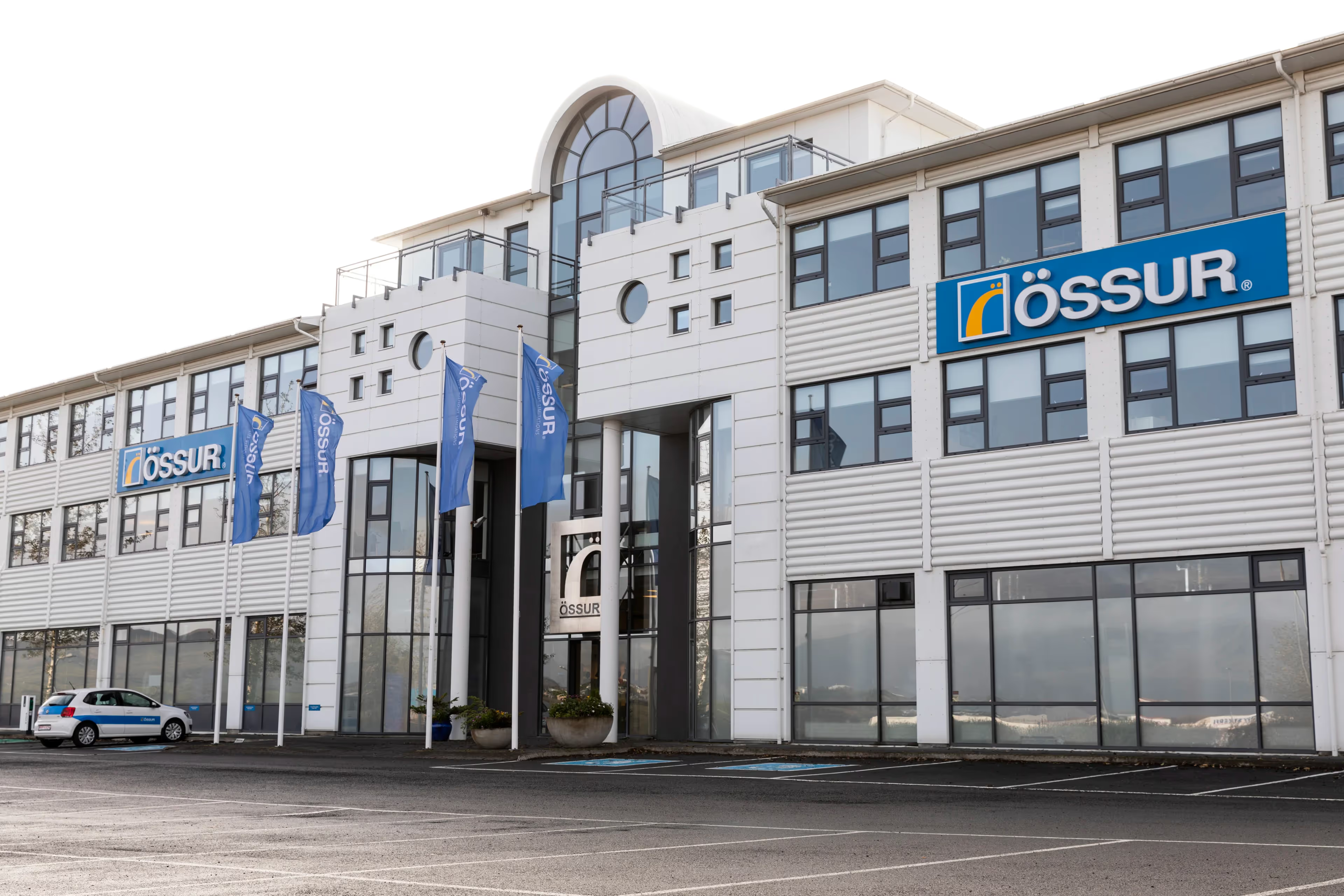Many practitioners still prefer tried and true classics like fiberglass. Now, a new alternative is available. In this text, we’ll take a deeper look at how the newcomer compares to industry staples.
UCAST is a splinting system designed for upper limb and finger injuries. It includes a breathable cohesive fabric and a heat moldable wood composite splint. We compared UCAST to Plaster of Paris (PoP) and fiberglass based on five criteria:
1. Application time
2. Patient comfort
3. Occupational and patient safety
4. Required materials
5. Eco-friendliness
UCAST seems to outshine both Plaster of Paris and fiberglass: it is non-toxic, reusable and recyclable, fast to apply, and comfortable for patients. Control visits will be faster thanks to the shorter application time and no cleanup is necessary. This in turn will help shorten long patient queues. Keep reading to dive deeper into the details of our comparison.
Related: UCAST overview
Application time: UCAST is faster than Plaster of Paris or fiberglass
UCAST has the shortest application time compared to Plaster of Paris and fiberglass casts with the average being just 5 minutes. For Plaster of Paris application typically takes about 18 minutes, and for fiberglass is 15 minutes. Big contributors to the shorter application time of UCAST are that the material is pre-cut and there’s no mess – so, no need to clean after application!
Another key factor is that the UCAST splint sets in just 3–5 minutes. For fiberglass and Plaster of Paris, the activation time is 15-30 minutes and 30-45 minutes respectively. The shorter the activation time, the greater the time savings for the medical staff.

Patient comfort: The perfect balance of comfort and support
UCAST is more breathable and lighter than fiberglass and Plaster of Paris casts, which makes it more comfortable for the patient. Another important component of a comfortable cast is the fit: Plaster of Paris might win here but loses on overall wearability. Plaster of Paris casts are quite cumbersome and very susceptible to moisture. UCAST on the other hand is moisture resistant. Some patients prefer the sleek look of UCAST, too.
UCAST is re-moldable up to 25 times, while fiberglass and Plaster of Paris are not. UCAST can be used for the entire treatment process, saving financial resources. The possibility to make small adjustments to the same device during the healing process also makes follow-up visits faster – and ensures a comfortable cast for the whole treatment.
When it’s time to remove the cast, UCAST is simple to take off – no loud cast saws are necessary. This also means that there are fewer risks of cast saw-related injuries, and you will again save time since there is no debris to clean after the removal.
Occupational and patient safety: Non-toxic materials are also cost-effective
UCAST is the only method out of the three we compared that does not require any safety gear to apply. The wood-based material is safe to handle without gloves, unlike Plaster of Paris and fiberglass.
UCAST also doesn’t generate dust like Plaster of Paris or hazardous fumes like fiberglass. A dust-free material is not just safer for hospital staff but will also help save on costs as face masks and gloves are not needed, for example.
Good x-ray transparency improves patient safety. Materials that are x-ray transparent have a lower risk for diagnostic errors. Out of the three materials, UCAST (Woodcast) has the best x-ray transparency, which supports better and more accurate diagnoses as well as treatment outcomes.
Required materials: Save water and bandage material
UCAST can be heated using either a heater or hot water. In comparison, Plaster of Paris and fiberglass always require hot water. Though warming the UCAST splint with a heater does use electricity, it will still be more economical than using hot water for application.
Then there’s the matter of bandaging material. UCAST comes with a bandage wrap called Unitex. The wrap is self-adhesive and machine washable and can be reused for each application. This means you will be able to use much less bandaging material than Plaster of Paris or fiberglass casts.

Eco-friendliness: Re-usable and recyclable materials are more sustainable
The PE-LD package of UCAST is recyclable and non-toxic to the environment. Woodcast, the material used in UCAST splints, is made from aspen chips and biopolymers. It is recyclable and eco-friendlier to produce than fiberglass, for example.
While fiberglass and Plaster of Paris cast need to be re-made on each application, UCAST splints can be reused and heat-molded to suit the patients' needs. This adds to the eco-friendliness of the material but also helps save on costs.
What would it take to switch to UCAST? It’s probably easier than you think. Book a free demo with our experts to talk about the details.
References
1. Hadeed A, Werntz RL, Varacallo M. External Fixation Principles and Overview. [Updated 2022 Feb 12]. In: StatPearls [Internet]. Treasure Island (FL): StatPearls Publishing; 2022 Jan-. Available from: https://www.ncbi.nlm.nih.gov/books/NBK547694/
2. Company’s resources




.avif)